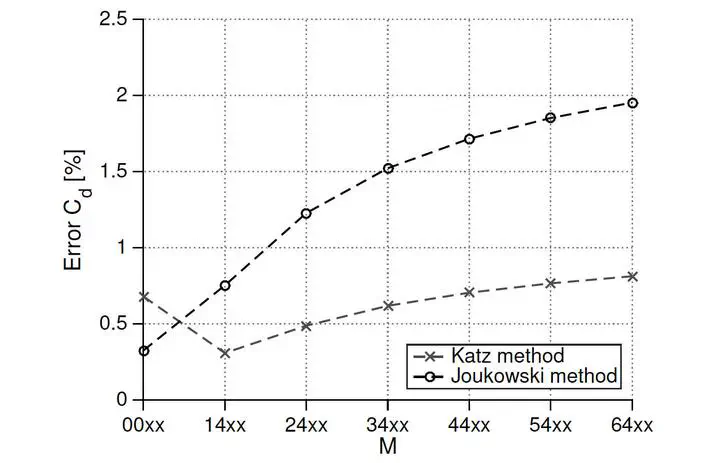Induced Drag Calculations with the Unsteady Vortex Lattice Method for Cambered Wings

Abstract
The unsteady vortex lattice method (UVLM) is an approach widely used to estimate the aerodynamic loads in unsteady subsonic flows. It is based on modeling the camber surface of a lifting body by means of bound vortex rings. Additional vortex rings are shed at the trailing edge to model the wake. Even though this method has been known and used for several decades, there is little discussion of the modeling of the leading-edge suction in the literature. To address this concern, Simpson et al. presented a comparison of two different ways to model this effect for the case of uncambered airfoils and wings in harmonic pitch or plunge motions of small amplitude. One method was found to converge significantly faster than the other. This article is an extension of the study by Simpson et al. to cambered lifting surfaces. It shows that the presence of camber changes radically the convergence performance of the two methods.
Additional info
This paper is a summary of the most important findings of my Masters thesis in Aerospace Engineering.